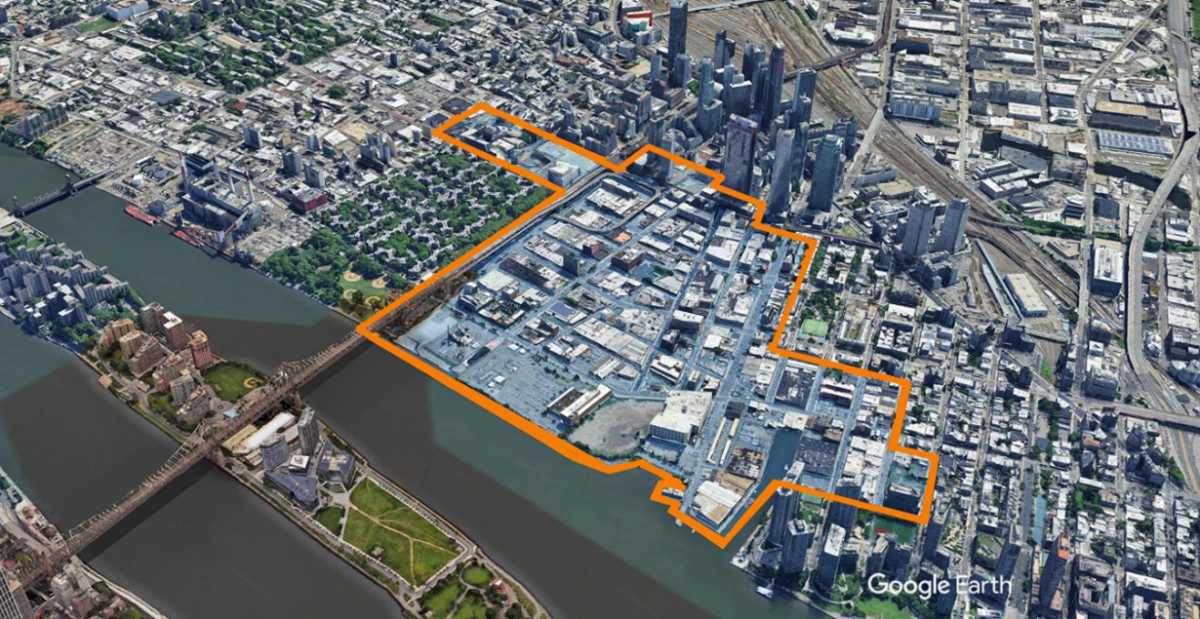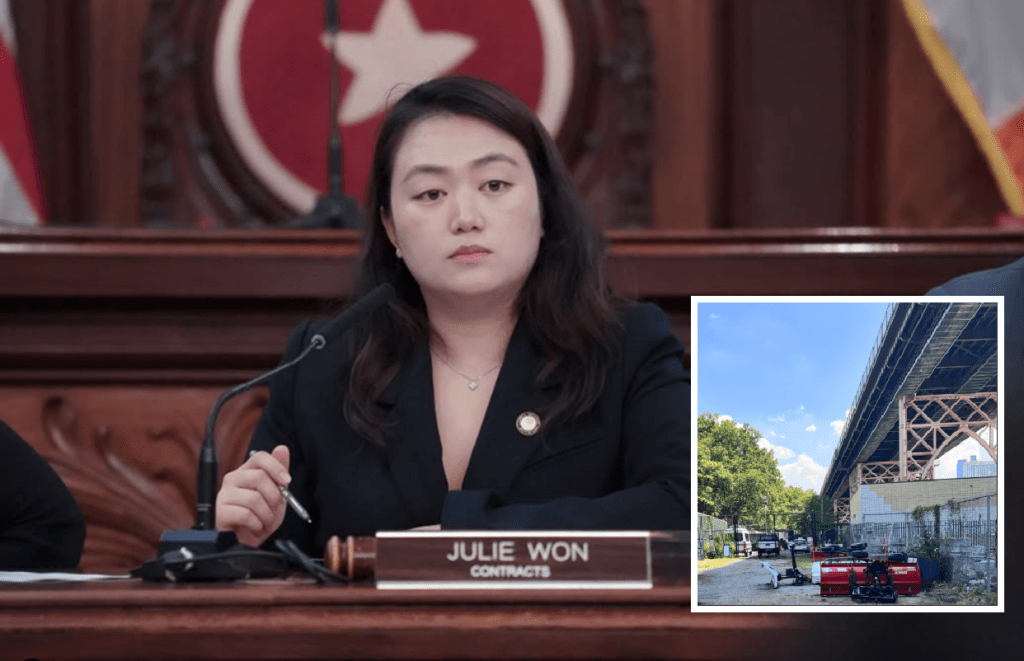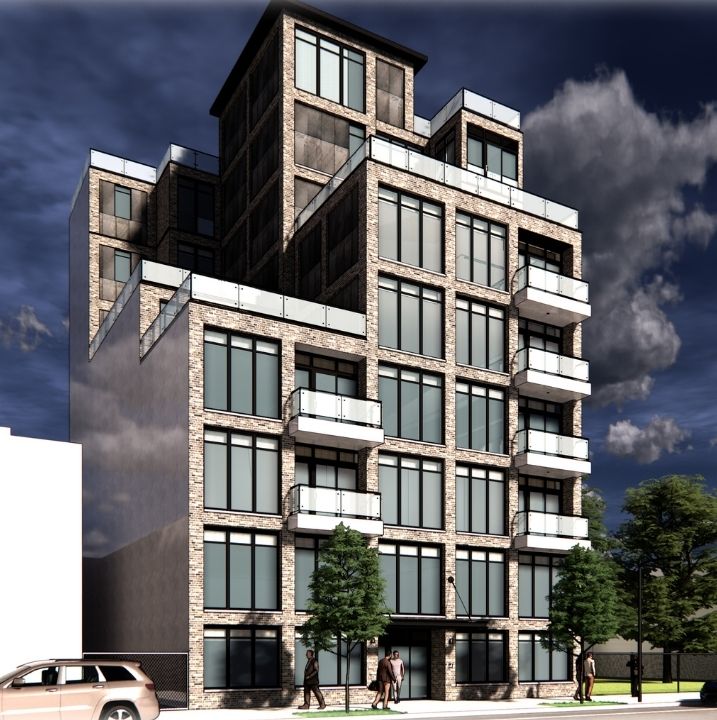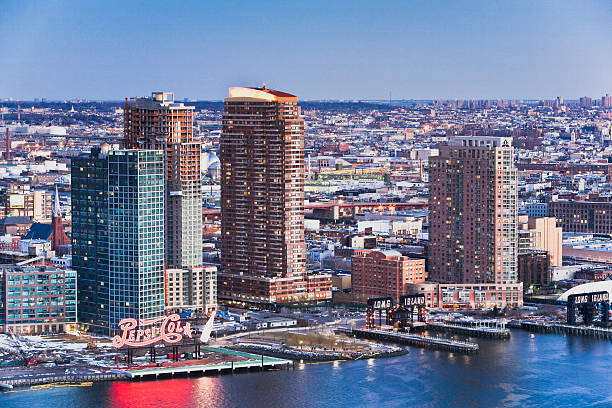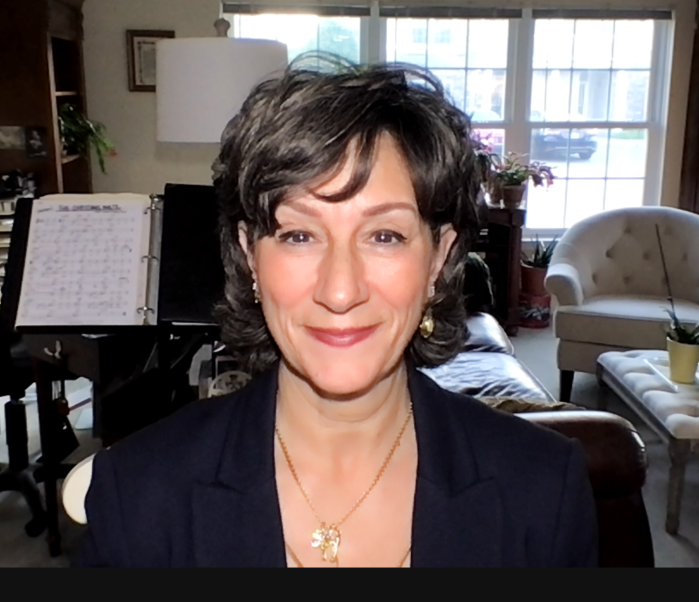Long Island City is poised for another wave of transformation. In April, the city officially certified the OneLIC Neighborhood Plan, a sweeping rezoning proposal set to bring thousands of new housing units, jobs, and commercial space to an area that has remained largely untouched by the rapid development seen elsewhere in the neighborhood over the past two decades.
The plan—developed after nearly two years of extensive community engagement—covers 54 full or partial blocks from Gantry Plaza State Park to the Queensbridge Houses, and from the East River waterfront to Court Square and 23rd Street. It proposes the creation of approximately 14,700 new housing units, including 4,300 affordable homes, along with 14,400 new jobs and over 3.5 million square feet of commercial and industrial space.
Much of the rezoning area lies south of the Queensboro Bridge and is currently zoned for low-rise manufacturing and commercial use, making this initiative one of the largest land-use changes in Long Island City since the early 2000s.
“Long Island City was traditionally a commercial and manufacturing neighborhood,” said Long Island City Partnership President Laura Rothrock. “The rezoning that started really in the early 2000s allowed for more mixed use, which brought in more foot traffic, more retail, and the neighborhood has really just grown since then—and a lot of that growth has to do with land use changes.”

Indeed, Long Island City has become one of the fastest-growing neighborhoods in New York City. According to Rothrock, the shift toward mixed-use development helped create a vibrant, around-the-clock community that now attracts residents, entrepreneurs, and visitors alike.
“We always say we’re the fastest-growing city in New York City, which is true if you look at the numbers by population and by jobs,” she said. “And the reason for that is really because of the land use changes that have happened, particularly in the last 20 years.”
Still, Rothrock and other community leaders acknowledge that growth must be balanced with smart infrastructure investments. “If you’re going to build more density and add more residential units to a neighborhood, you need to make sure that there’s enough sewer capacity, that there’s enough school seats, and you want to add more open space to the neighborhood,” she said. “So that’s why this is a good opportunity to look at all of those things, because Long Island City does need investment to keep up with the population growth.”
City Council Member Julie Won, who represents the district, has emphasized the importance of community participation throughout the planning process. Residents will have an opportunity to voice their feedback at a Community Board 2 special hearing on May 21 at LaGuardia Community College.
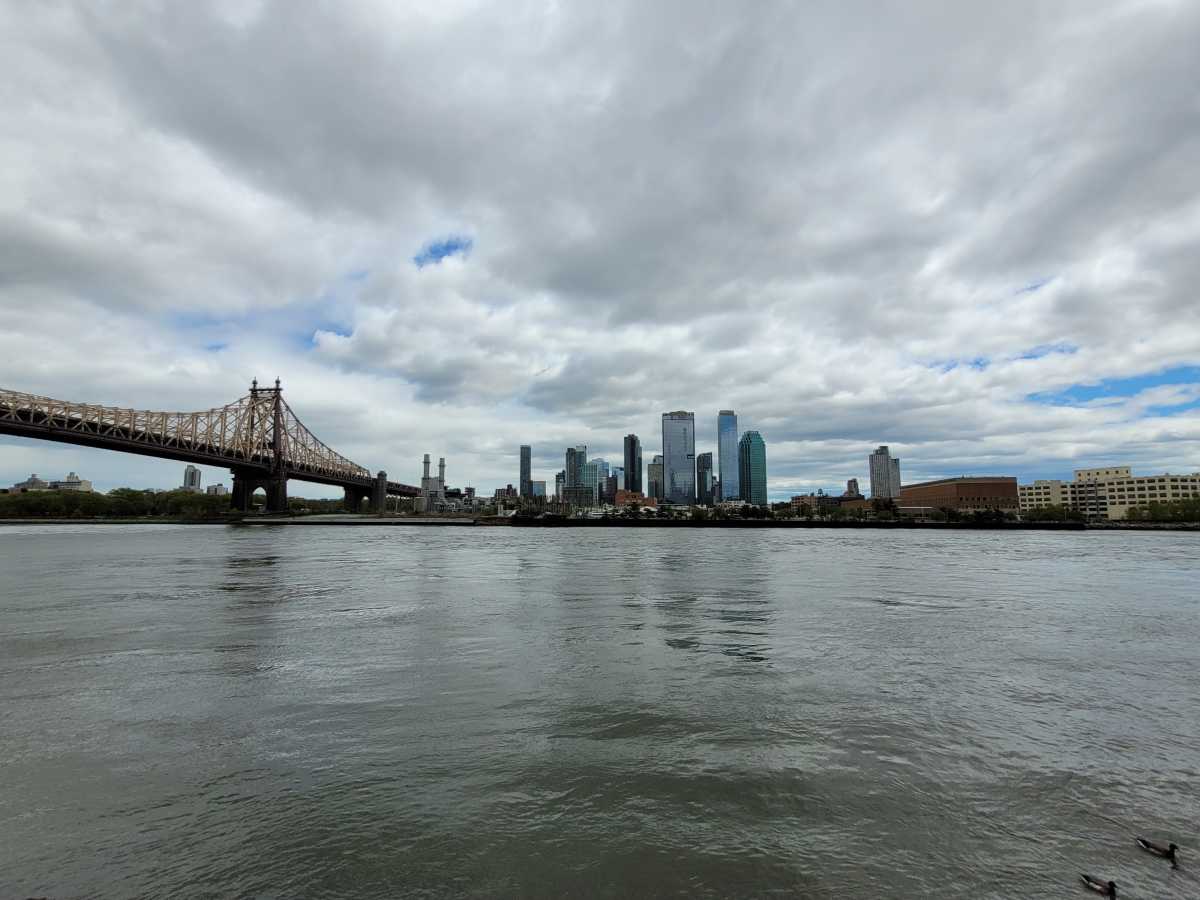
“Council Member Julie Won did a great job ensuring the entire community had a voice in this process, and we now have a chance to show how thoughtful planning can strengthen—not displace—a neighborhood,” said Edjo Wheeler, executive director of CultureLab LIC, a community arts organization located on the Plaxall site within the proposed rezoning area.
CultureLab LIC is currently preparing for its summer concert series, part of a broader celebration of the organization’s fifth anniversary. Since its founding, CultureLab has hosted live music, visual art, and performance on the Plaxall parking lot near Anable Basin—an area that will eventually be redeveloped under the OneLIC Plan. Wheeler said the organization is planning to relocate in the future, in coordination with Plaxall.
“This rezoning is a rare opportunity to make Long Island City truly cohesive,” Wheeler said. “Thoughtful development includes a responsibility to honor the culture, people, and creativity that made Long Island City what it is. Artists, residents, businesses, and developers must work together to build a neighborhood that doesn’t just grow, but thrives.”
As the proposal enters the formal review process through ULURP (Uniform Land Use Review Procedure), city officials, cultural organizations, and business leaders hope the OneLIC Plan will serve as a model for inclusive urban development—one that addresses housing needs, spurs economic growth, and preserves the community’s creative and cultural identity.
*This story first appeared in the Astoria/LIC Community Resource Guide.

